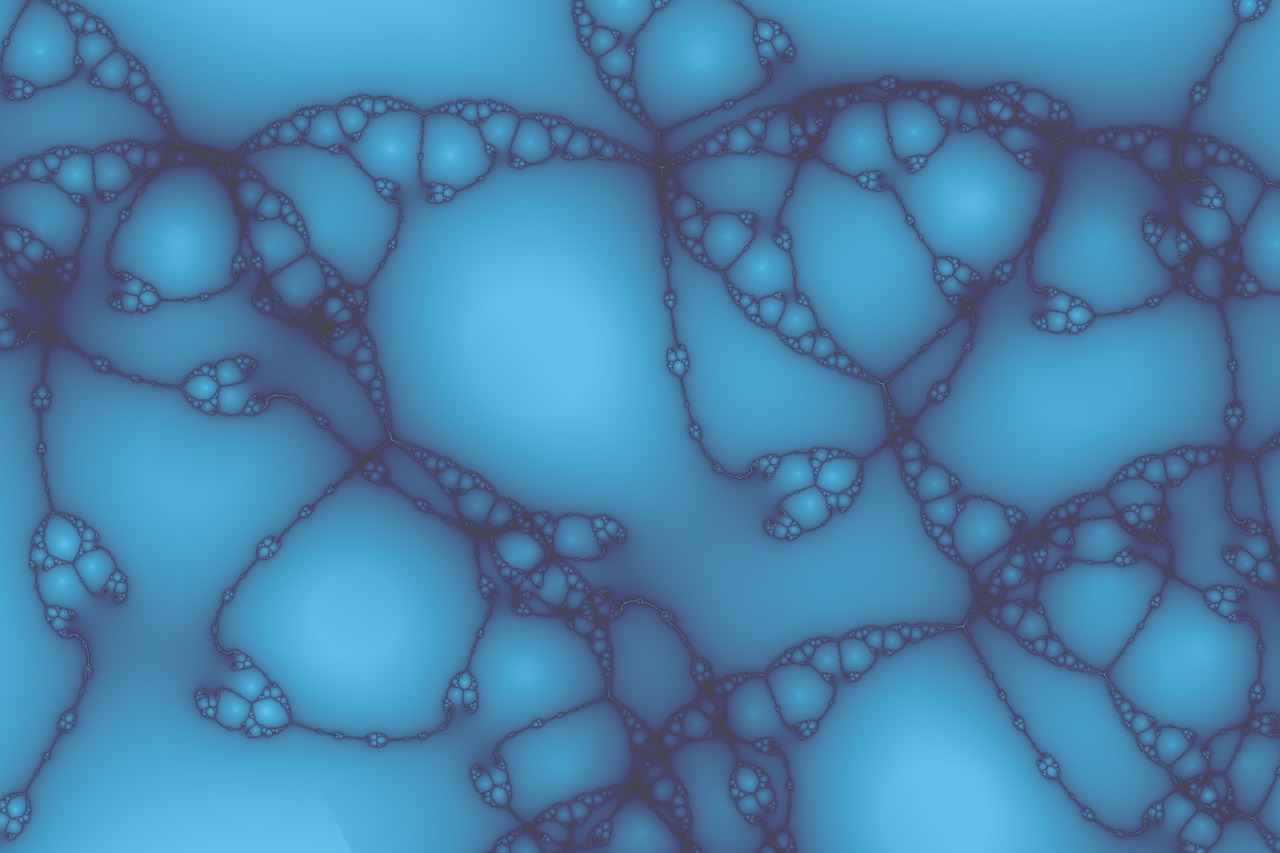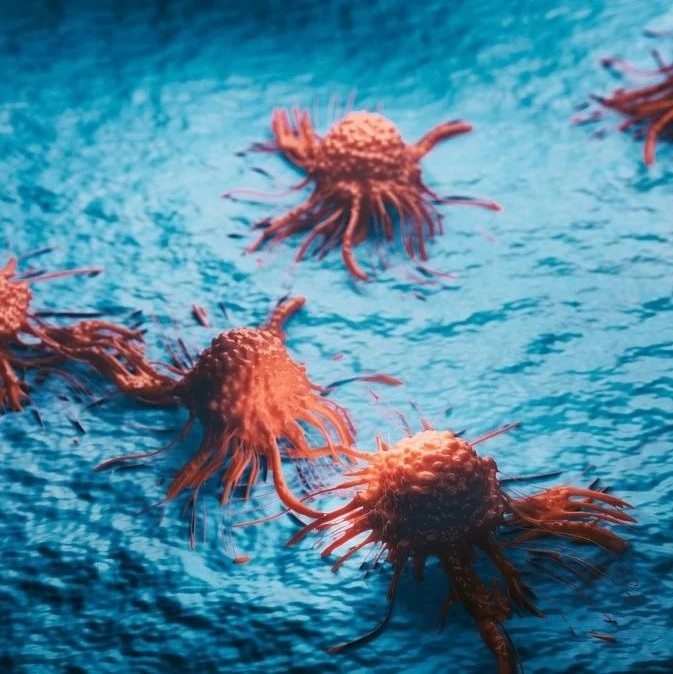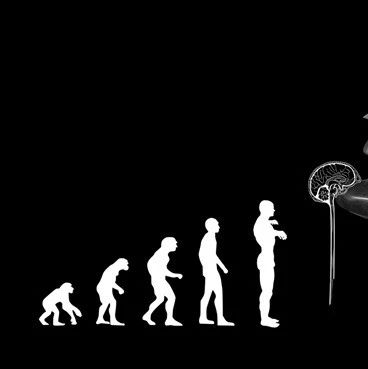摘要:荷兰Radboud大学内科系的Bastaan de Galan博士及其同事报告,采用无针的喷射注射器而非传统的胰岛素笔给药,可使门冬胰岛素达到所需血药浓度的时间减半。该研究发表在《糖尿病护理》杂志7月6日在线版上(Diabetes Care 2011; doi: 10.2337)。
Galan博士等人注意到,尽管速效胰岛素类似物已使糖尿病患者的血糖控制情况大会改观,但这类药物通过胰岛素笔给药1.5 h后才能产生最强药效,而高胰岛素状态持续时间常超过3 h,因而在药代动力学方面并不能完全模拟内源性胰岛素释放,患者仍面临餐后即刻高血糖和餐后迟发低血糖的威胁。
理论上,通过加快门冬胰岛素的吸收速度可更好地模拟内源性胰岛素释放。为此,研究者开展随机、双盲、交叉研究,纳入18名健康志愿者,在用喷射注射器或胰岛素笔注射0.2 U/kg体重的门冬胰岛素后进行葡萄糖钳夹试验。
结果显示,采用喷射注射器或胰岛素笔注射门冬胰岛素后,葡萄糖输注率(51±3 vs. 105±11 min;P<0.0001)和胰岛素浓度(31±3 vs. 64±6 min;P<0.0001)的达峰所需时间均有显著差异。而且通过喷射注射器给药后的胰岛素峰值更高(108±13 vs. 79±7 mU/L;P=0.01),降糖效力降至50%所需时间缩短约40 min(P<0.0001)。两种给药方法在葡萄糖输注率峰值、胰岛素吸收总量和胰岛素总效力方面均相似。
研究者总结认为,上述结果证明,通过喷射注射器给予速效胰岛素在药代动力学和药效学方面均优于胰岛素笔给药。
该研究的主要局限性在于受试者为健康人而非糖尿病患者,而且仅观察了单次给药情况。此外,没有考虑喷射注射器与胰岛素笔在使用便利性方面的差异。
该研究获得了欧洲制药集团的支持,研究者称无相关利益冲突。
生物探索推荐英文原文:
Improved Pharmacokinetic and Pharmacodynamic Profile of Rapid-Acting Insulin Using Needle-Free Jet Injection Technology
Abstract
OBJECTIVE Insulin administered by jet injectors is dispensed over a larger subcutaneous area than insulin injected with a syringe, which may facilitate a more rapid absorption. This study compared the pharmacologic profile of administration of insulin aspart by jet injection to that by conventional insulin pen.
RESEARCH DESIGN AND METHODS Euglycemic glucose clamp tests were performed in 18 healthy volunteers after subcutaneous administration of 0.2 units/kg body wt of aspart, either administered by jet injection or by conventional pen, using a randomized, double-blind, double-dummy, cross over study design. Pharmacodynamic and pharmacokinetic profiles were derived from the glucose infusion rate (GIR) needed to maintain euglycemia and from plasma insulin levels, respectively.
RESULTS The time to maximal GIR was significantly shorter when insulin was injected with the jet injector compared with conventional pen administration (51 ± 3 vs. 105 ± 11 min, P < 0.0001). The time to peak insulin concentration was similarly reduced (31 ± 3 vs. 64 ± 6 min, P < 0.0001) and peak insulin concentrations were increased (108 ± 13 vs. 79 ± 7 mU/L, P = 0.01) when insulin was injected by jet injection compared with conventional pen injection. Jet injector insulin administration reduced the time to 50% glucose disposal by ∼40 min (P < 0.0001). There were no differences in maximal GIR, total insulin absorption, or total insulin action between the two devices.
CONCLUSIONS Administration of insulin aspart by jet injection enhances insulin absorption and reduces the duration of glucose-lowering action. This profile resembles more closely the pattern of endogenous insulin secretion and may help to achieve better meal insulin coverage and correction of postprandial glucose excursions.







